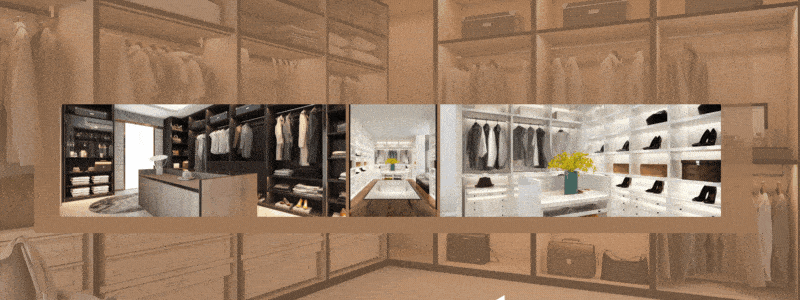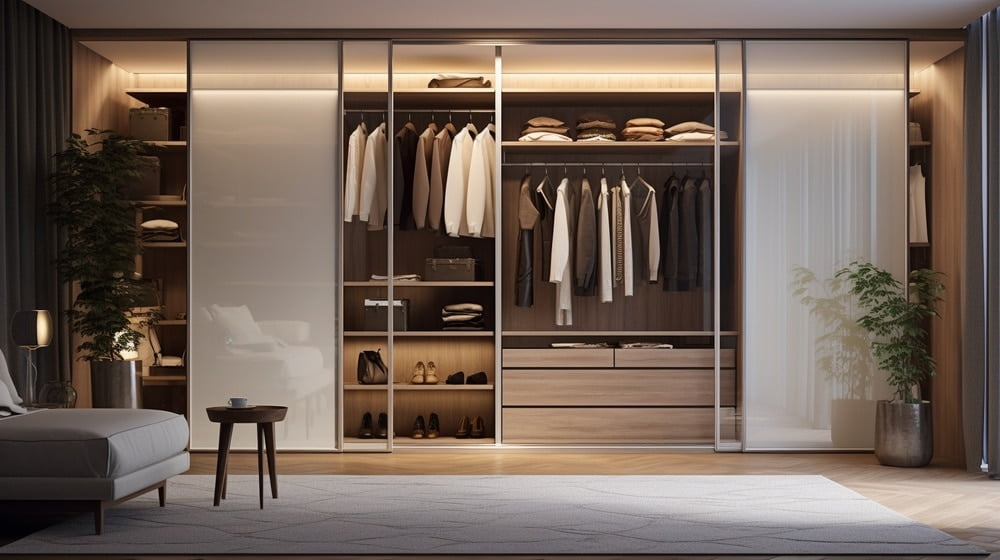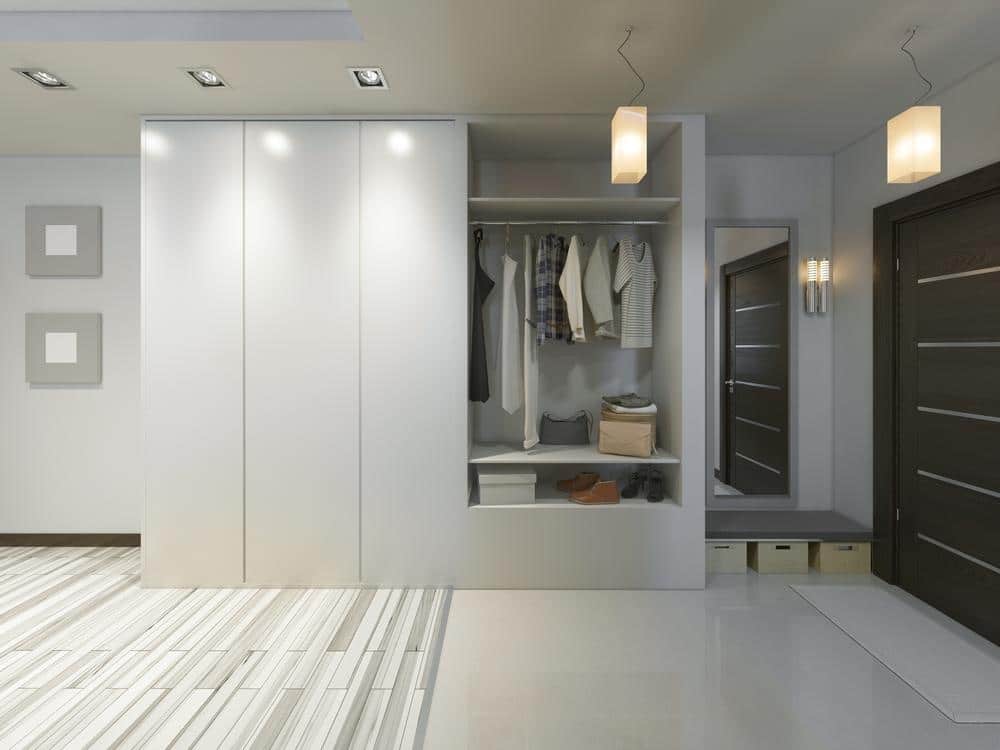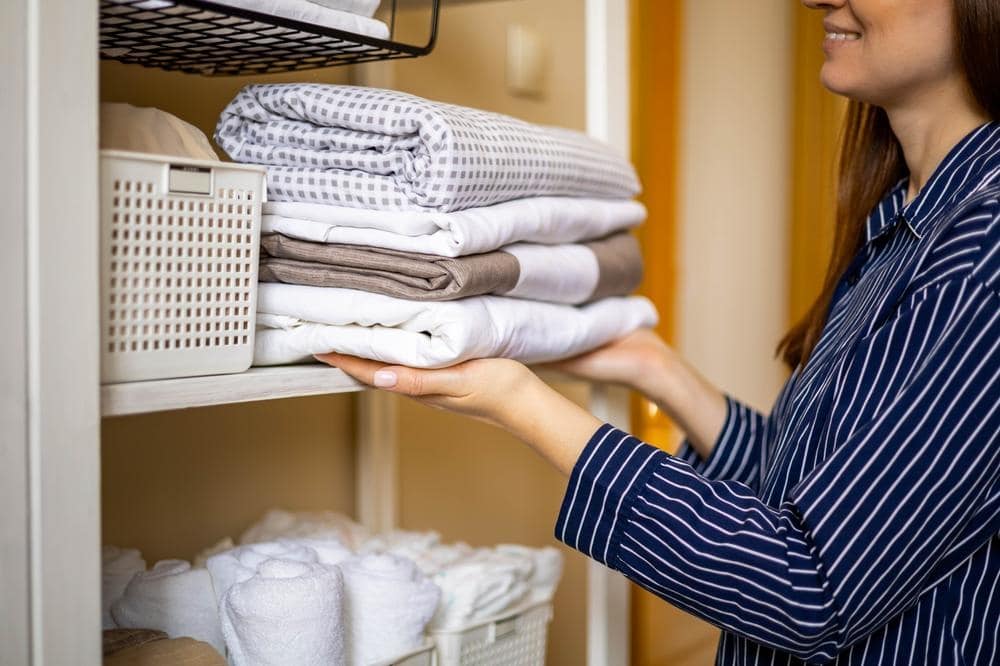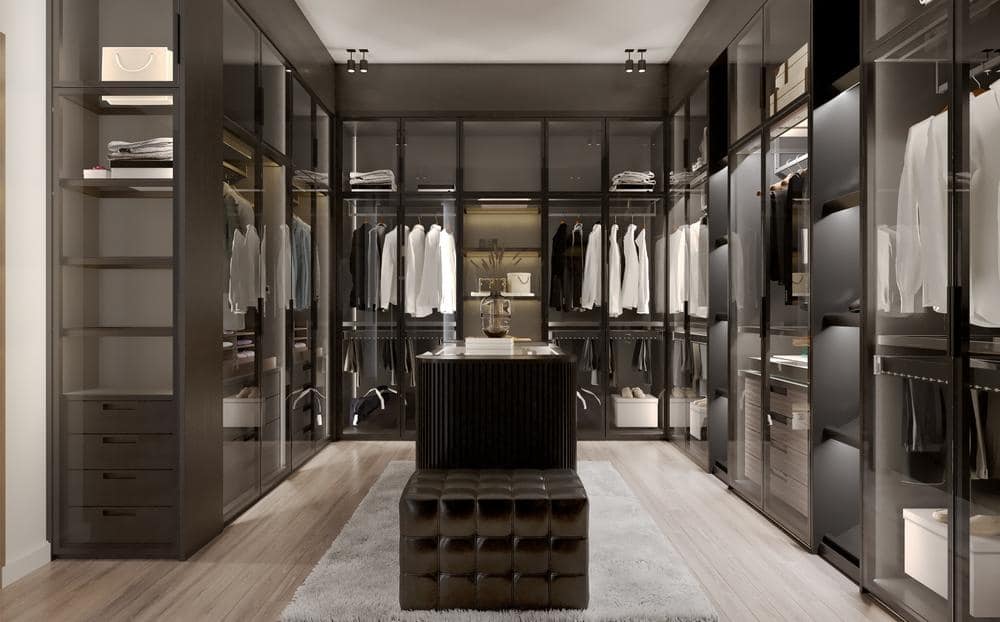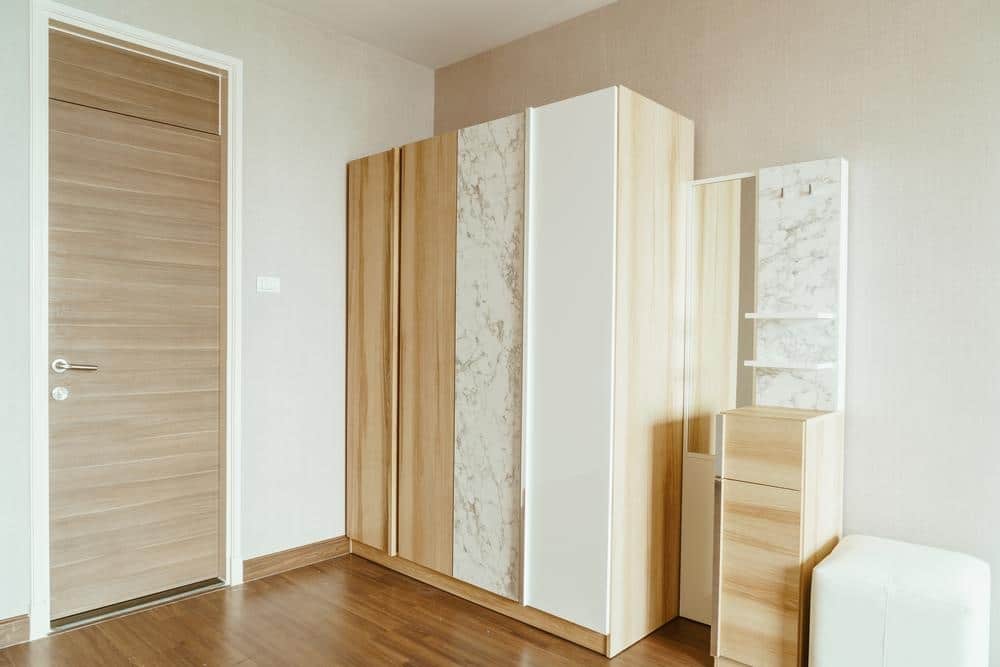Have you ever asked yourself what a pantry is used for? A pantry, an often overlooked closet or room found in many homes, is full of potential and has a myriad of uses. From prepping meals to displaying decorative items, learn how to make the most out of your pantry with these multi-purpose tips!

What is the Pantry?
Table of Contents
- What is the Pantry?
- Maximize Pantry Space with Shelving
- How to Use the Pantry for Different Occasions
- Creating a Special Food Prep Pantry
- What Foods to Stock in the Pantry
- Utilizing the Pantry to Display Decorative Items
- Making the Most out of the Pantry
- Is a Pantry Essential?
- Multi-Purpose Functionality
- Finishing Touches
- What is the Distinction Between a Kitchen and a Pantry?
- What’s a Pantry in the Kitchen?
- Why is The Pantry Section Important?
- Does a pantry add value?
- How important is a pantry in a kitchen?
- What is the meaning of the pantry?
- What foods are stored in the pantry?
- Do you really need a pantry?
- What goes in pantry cabinets?
- Why do they call it a pantry?
- What are the types of pantries?
- Are Murphy beds safe?
- What food is in a pantry?
- How do you put food in a pantry?
- How do you use space in a pantry?
- How do you store snacks in a pantry?
- What do you put in a pantry?
- What is a pantry room for?
- What is the purpose of a pantry in the office?
- Is it necessary to have a pantry?

A pantry is a room that stores beverages, food, and occasionally dishes, household cleaning chemicals, linens, or provisions. Food and beverage pantries supplement the kitchen’s functions. A pantry is typically a room or closet located in the kitchen or a separate area of the house. Traditionally, a pantry is used to store dry goods, such as flour, sugar, and grains, as well as cans and jars of food. Recently, pantries have become increasingly diversified and can also be used for other items such as cookware, dishes, and decorations.
For short, a pantry is a storage area in or near a kitchen where food is kept. Not every kitchen has a pantry, a separate storage area for food and other supplies. A pantry can be a closet, a cupboard with shelves, or an entirely different room adjacent to the kitchen.
Maximize Pantry Space with Shelving
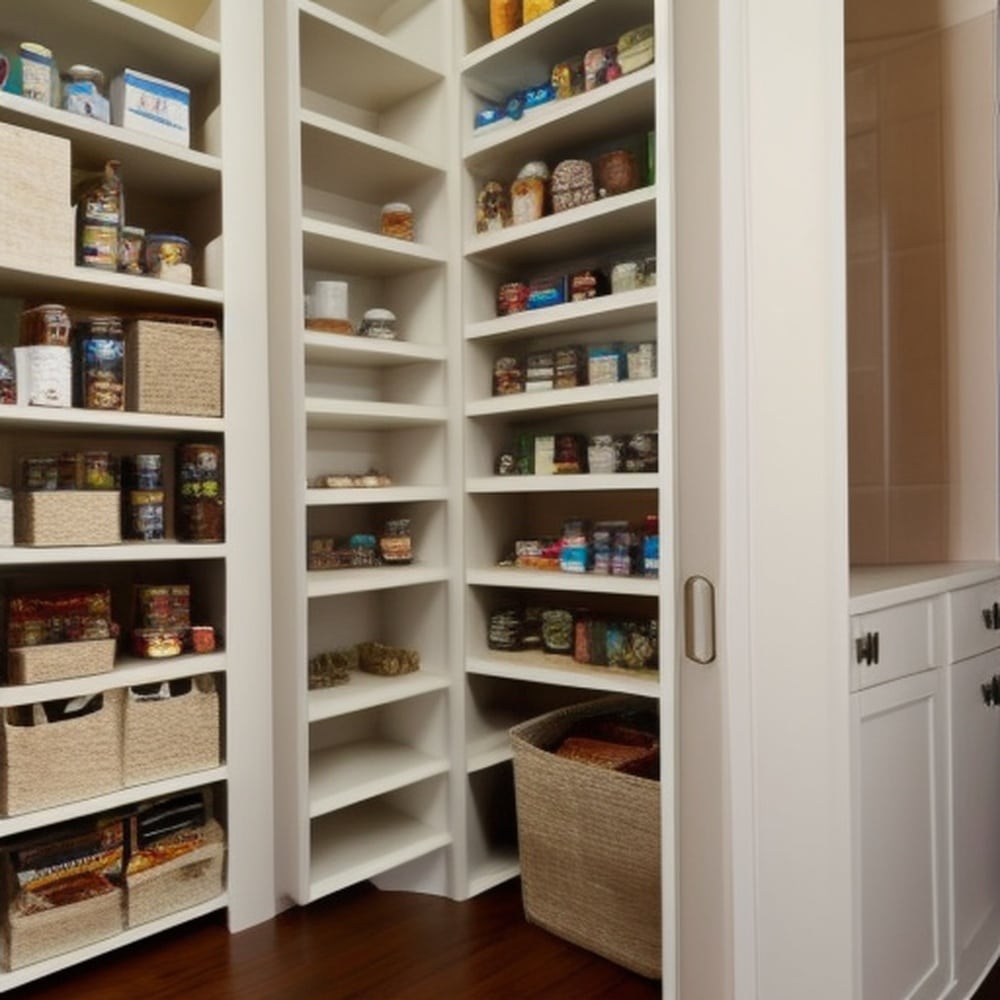
When stocking and organizing your pantry, the best place to start is with shelves. Whether adjustable or fixed shelves, use them to store heavy items on the bottom and lighter items on the top. Line the shelves with shelf-liners to prevent items from slipping or sliding while opening or closing the pantry doors and drawers. When organizing the pantry shelving, group items by type, such as canned food, spices, baking supplies, snack foods, etc.
How to Use the Pantry for Different Occasions
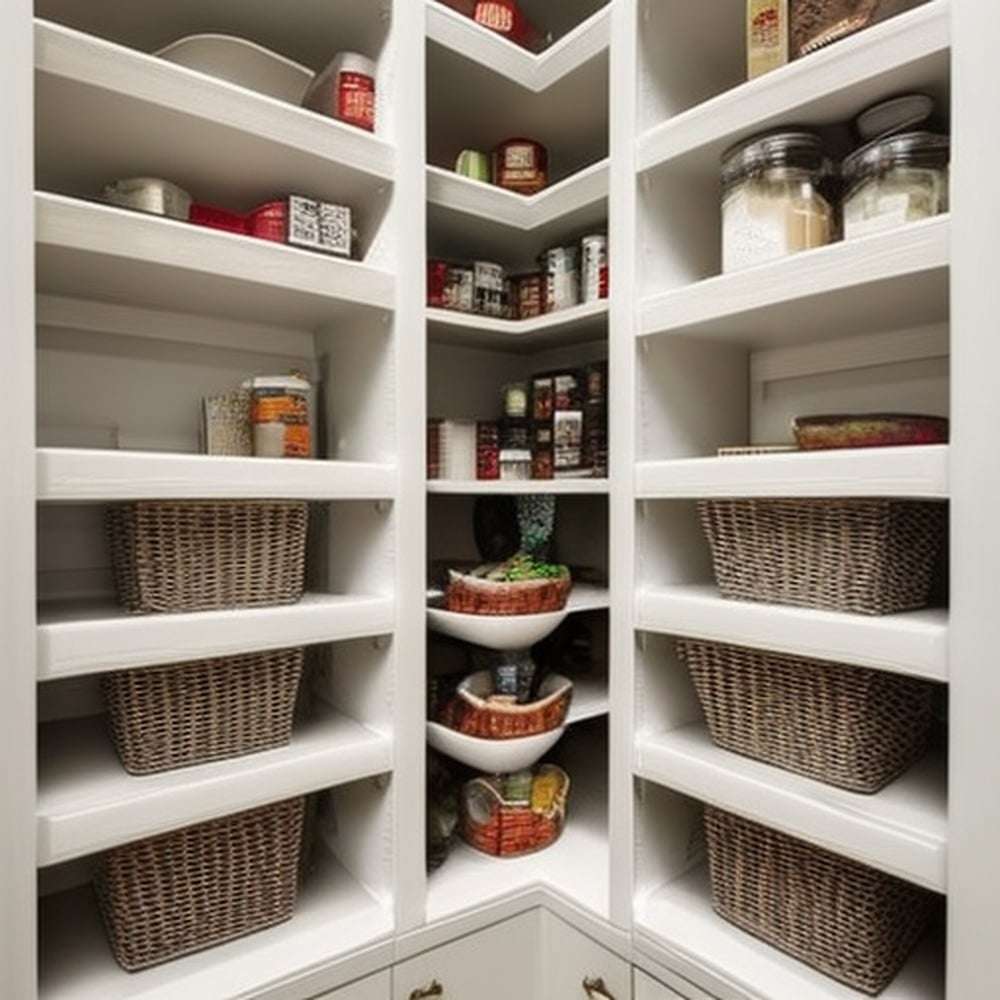
The pantry is an excellent space for preparing for any occasion! Make sure to stock your pantry with items needed for a particular event, such as a family gathering, holiday, cocktail party, or holiday meal. This can include extra plates, utensils, paper towels, napkins, and decorations. Also, consider stocking the pantry with easy-to-serve foods such as crackers, chips, popcorn, and nuts to make entertaining friends and family a breeze.
Turning Your Pantry Into a Craft Space

A craft pantry is a great way to keep craft items in one easy-to-access location. Instead of placing drawers or other items around your home, keep them in the pantry. Create storage spaces for yarn, fabric, and tools such as scissors, sewing machines, egg timers, stencils, and weaving looms. A pull-out shelf is also ideal for longer items such as rulers, magnets, and ribbon spools. This gives you an extra workspace and an organized way to store craft supplies.
Making a Homework Oasis
Pantries can also be cleverly transformed into an organized homework area. Some pantries have more than enough space to designate a corner for a homework station. Add a few accessories, such as a wall calendar, bulletin board, and corkboard, to keep track of class assignments, due dates, and homework. To save time and clutter in a different room, add a desk and filing cabinet to help organize everything from textbooks to office supplies like pencils, paper, and erasers. And to keep the area organized, devote shelves and drawers to compartmentalize school supplies.
Creating a Special Food Prep Pantry
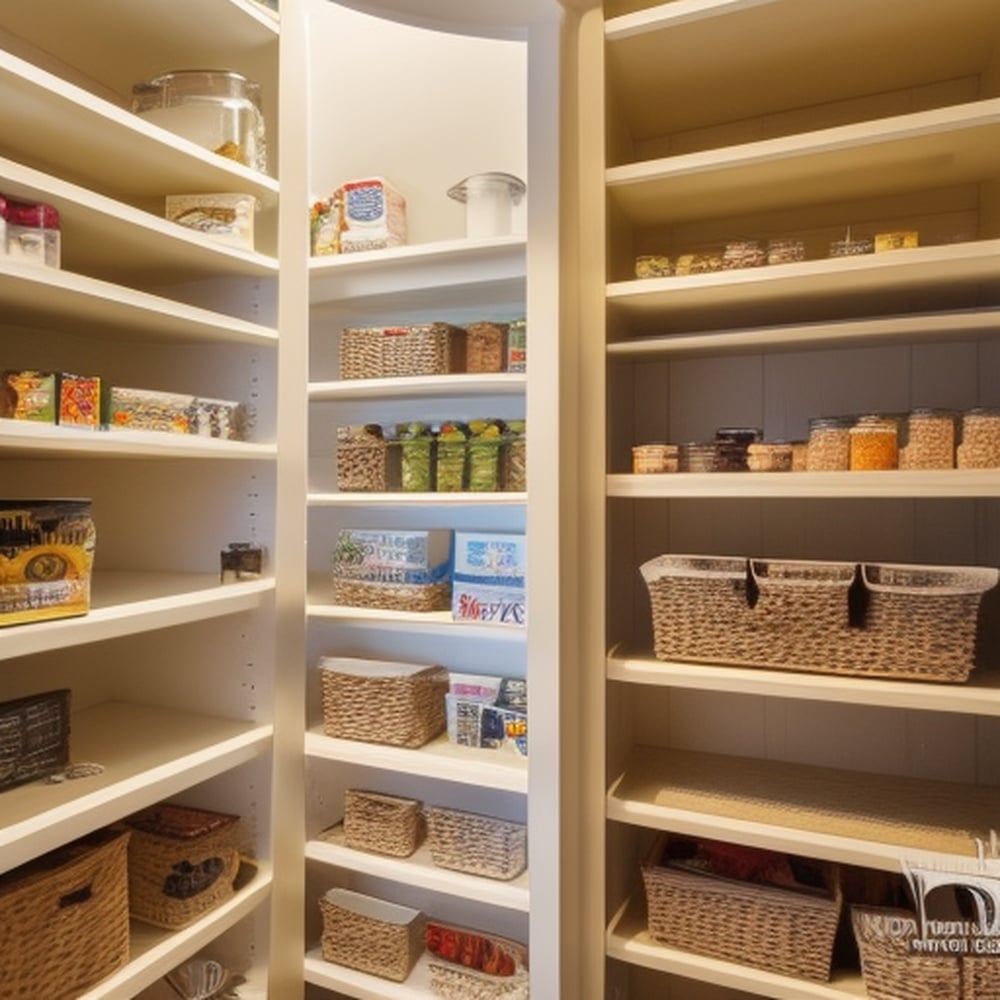
For those passionate cooks and bakers, stocking their kitchens with the best ingredients and tools is essential. A great way to keep all food prep items in one spot is to turn a pantry into a special food prep area. By reserving a section of the pantry specifically for food prep, items such as measuring spoons, rubber spatulas, blenders, food processors, or even a bread machine can all fit conveniently in the pantry. As an added bonus, many of these items can be tucked away from sight!
What Foods to Stock in the Pantry
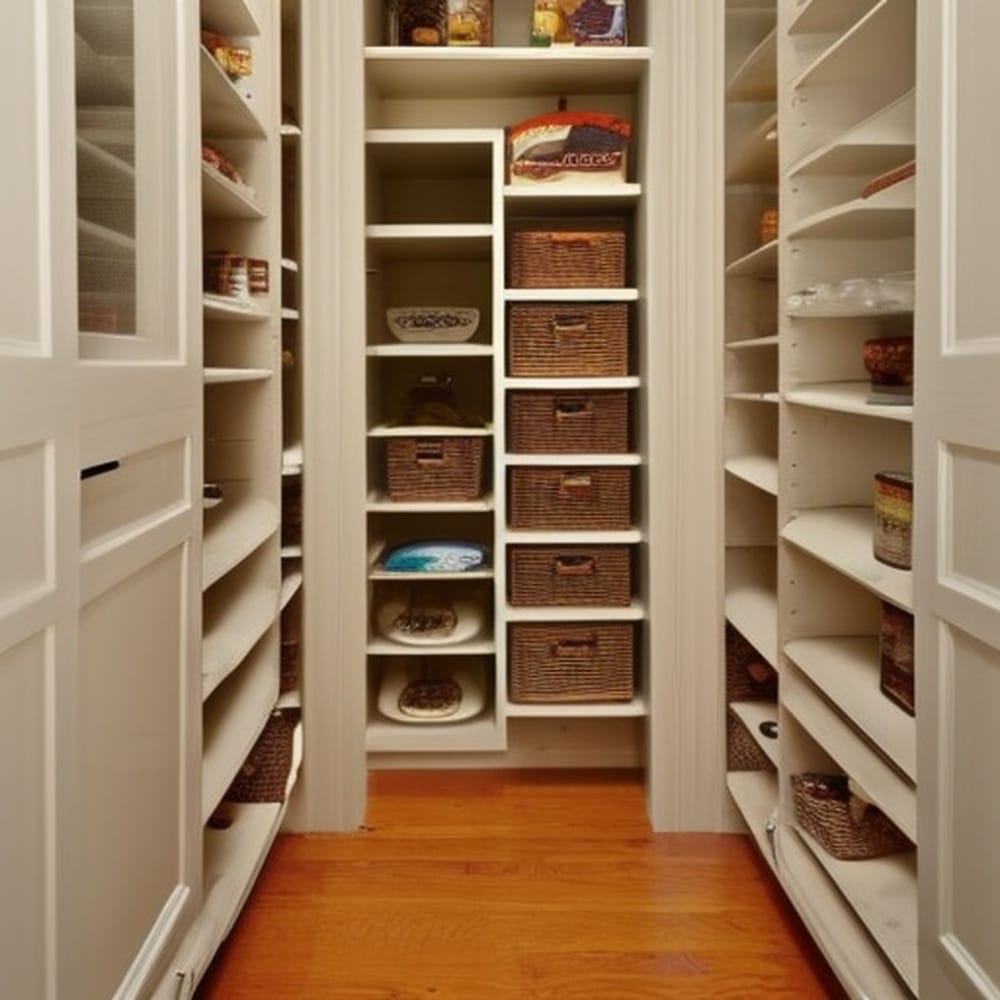
When stocking the pantry, buy nonperishable items with long shelf lives, such as grains, nuts, dried fruits, canned soups, and pasta. Consider vacuum-sealed packages that can be stored in jars or cans like coffee, tea, and other items. There are also a variety of spices, seasonings, oils, and vinegar that can be stored in the pantry. It is also essential to stock items frequently used in your household, such as mayonnaise, soy sauce, and honey.
Utilizing the Pantry to Display Decorative Items
In addition to its primary purpose of storing food, pantries can be used to display decorative items. This may include pieces from special collections, such as vintage glass bottles, canned food jars, or mason jars. It can also include pieces to create a summertime, fall, winter, or holiday theme. Consider tablecloths, platters, cheese boards, pot holders, or other items to create a festive atmosphere. Finally, the pantry can store items such as cookbooks, baking sheets, and cookie cutters.
Making the Most out of the Pantry

To make the most of your pantry, remember to stock it with items used regularly in the household and for special occasions. Maximize pantry space with adjustable and fixed shelves and shelf-liners for a more organized look. Additionally, don’t forget to think outside the box and utilize the pantry for displaying decorative items that go with the season or your current theme.
Is a Pantry Essential?
More easily accessible – Having a cabinet pantry in your kitchen is far more convenient than walking across the room to a walk-in every time you need supplies. And, despite their small size, components within your cabinet pantry can take up just as much storage space as a walk-in.
You may also wonder if there is a distinction between a larder and a pantry.
Larder is a storage area for perishable foods such as onions, eggs, milk, etc. A pantry is a room or closet where food, groceries, and other provisions, as well as silverware, dishes, and so on, are kept. A larder is a room or location where food is stored; it is also referred to as a pantry. Both can be a cupboard or a separate room.
Multi-Purpose Functionality

The pantry can even be used for non-food-related items. For example, many people use the pantry to store cookbooks, kitchen utensils, and other kitchen-related items, which can help make meal preparation easier. The pantry can even be used as an office space if needed, allowing one to store office supplies or keep track of important documents. And if you have a large family, the pantry can even be used as a playroom; here, children can store their toys, games, and other activities.
Finishing Touches
The pantry can also play an essential role in making a home feel more organized and comfortable. Adding shelves and a storage system can turn the pantry into an attractive addition to your home. With a bit of creativity, the pantry can even be turned into a cozy nook, complete with small furniture, books, and decorations.
What is the Distinction Between a Kitchen and a Pantry?
The kitchen is a room or area dedicated to food preparation. In contrast, a pantry is a small room, closet, or cabinet usually located in or near the kitchen, dedicated to food storage and/or storing kitchenware. Because the pantry is not typically temperature-controlled (unlike a refrigerator or root cellar), the foods stored in a pantry can spoil.
Pantries and kitchens have specific meanings but can be used in different ways. Pantry – A storage area for food that doesn’t need to stay cold or frozen; usually, this type of cabinet is located near your refrigerator to make it easy to access when cooking certain dishes like fried rice with meatballs! Kitchens, on the other hand, serve much larger purposes than just holding edibles: they’re where we prepare all sorts of meals from breakfast to dessert, so no matter what time you come home, there’ll always be something healthy waiting right away.
What’s a Pantry in the Kitchen?
Kitchens are often filled with the scent of freshly cooked food, but did you know that there is an entire room in your home specifically designed for storing all those cans and boxes? The kitchen pantry.
The best part about having a separate storage space just for non-perishables such as canned goods or dried pasta is that it can keep them away from sight when guests come over, so they don’t see what’s getting low on inventory before their visit! They’re also great if you have children who love helping themselves to cabinet contents without permission.
Why is The Pantry Section Important?
The pantry in your kitchen is a crucial component of any design. It doesn’t matter how stylish or modernized it may be if there are no places for stored food, which can lead you down an unorganized path of clutter. If we want our homes designed with functionality first and style second, then let’s ensure this important room has everything necessary so that all sorts will find their place quickly.
Does a pantry add value?
There are many benefits to having a pantry in your home. Storage space has become an essential feature of homes. Experts agree that around 50-75% can be added by building out this particular room where food items are stored for entertaining guests or keeping parties organized!
How important is a pantry in a kitchen?
A kitchen pantry can be an essential and useful component of any kitchen redesign. Without considering where the food will be stored, an unfunctional kitchen design may result in an improperly arranged mess of unused food that will go unnoticed for years. Poor design could result in a cluttered junk drawer where expired food would go unnoticed.
What is the meaning of the pantry?
A storage room or cupboard where food is served is referred to as a pantry. It may also be used to store provisions or food. A pantry is typically found in a hotel or hospital and is used to prepare meals on order.
What foods are stored in the pantry?
Bulk products and baking ingredients. Including beans, peas, lentils, cereals and grains, dried fruit, milk, nuts and seeds, trail mixes, sauces, sugars, and more…
Do you really need a pantry?
Having a well-organized pantry can help you store all of your kitchen equipment and food while keeping your countertops clear of groceries or junk. A walk-in pantry may provide a nice, enclosed space for storing shelving, but it may be a little far from your cooking area.
What goes in pantry cabinets?
Kitchen cabinets and drawers are loaded with dishes, utensils, pots and pans, appliances, and so on. In addition, there is a pantry full of food, and your refrigerator and freezer are stocked.
Why do they call it a pantry?
When pantries were first used in the Middle Ages, they were reserved for bread. “Pantry” is derived from “pain”, the French word for “bread”, which dates back hundreds of years. A “thrawl”, which served as a cool larder for food, might also be included in a pantry.
What are the types of pantries?
There are five different types of pantries in a kitchen. A butler’s pantry is not part of the main kitchen. The walk-in pantry is the best pantry you can acquire. A pantry that sits on the wall or pulls out is known as a wall pantry. A butler’s pantry is a walk-in pantry that does not fit in the kitchen. A pull-out pantry is a pantry that is accessible from the wall.
Are Murphy beds safe?
Yes, Murphy beds are safe when properly installed and used according to the manufacturer’s guidelines. These space-saving beds come with modern safety features like locking mechanisms and counterbalance systems, ensuring secure and reliable usage. Always follow the installation instructions and weight limits for optimal safety.
What food is in a pantry?
A well-stocked pantry typically contains a variety of non-perishable food items such as canned goods, grains, pasta, rice, beans, baking ingredients, oils, vinegars, spices, and condiments. It may also include shelf-stable snacks like crackers, nuts, and dried fruits. Having these essentials on hand allows you to create delicious, home-cooked meals without frequent trips to the store.
How do you put food in a pantry?
To organize food in a pantry, start by categorizing items based on their type or usage. For example, group canned goods, grains, baking supplies, and snacks together. Place frequently used items at eye level and store heavier items on lower shelves. Use clear, airtight containers for bulk items like flour, sugar, and cereals to keep them fresh and visible. Label and date items, and practice the “first in, first out” method to ensure proper rotation and avoid spoilage.
How do you use space in a pantry?
Maximize pantry space by utilizing a combination of shelving, hooks, baskets, and door-mounted storage solutions. Adjustable shelves can be customized to fit your needs and accommodate various-sized items. Use tiered shelf organizers for canned goods and stackable containers for dry goods. Door-mounted racks and hooks provide additional storage for spices, condiments, and small kitchen tools. Be creative and efficient to make the most of your available pantry space.
How do you store snacks in a pantry?
To store snacks in a pantry, designate a specific area or shelf for easy access. Use clear, airtight containers or labeled bins to keep snacks fresh and visible. Group similar items together, such as chips and crackers or nuts and dried fruits. If you have children, consider creating a kid-friendly snack zone within their reach, stocked with healthy options. Regularly assess your snack inventory and rotate items to ensure freshness and variety.
What do you put in a pantry?
A pantry is typically filled with non-perishable food items. This includes canned goods, pasta, rice, flour, sugar, oils, vinegars, and spices. You might also store baking ingredients, cereals, tea and coffee, and snack foods. Some people use their pantry to store household items like paper towels, cleaning supplies, or pet food. Essentially, a pantry should be stocked with items you frequently use in your kitchen.
What is a pantry room for?
A pantry room is primarily used for storing food, beverages, and sometimes dishes and kitchen appliances. It serves as an extension of the kitchen, providing additional storage space. It’s designed to keep items organized, visible, and easily accessible. Pantries can vary in size, ranging from a small cabinet to a large walk-in room.
What is the purpose of a pantry in the office?
An office pantry serves multiple purposes. It provides a space for employees to store and prepare food, contributing to their comfort and convenience during the workday. It can also serve as a casual meeting place, promoting social interaction among colleagues. In many offices, the pantry is stocked with snacks, beverages, and sometimes even meals for employees.
Is it necessary to have a pantry?
While not strictly necessary, a pantry can greatly enhance the functionality and organization of a kitchen. It provides extra storage space, helps keep countertops clear, and makes it easier to keep track of what food items you have on hand. However, if space is limited, there are alternative solutions like using kitchen cabinets, shelves, or even a freestanding piece of furniture for food storage. Ultimately, the need for a pantry depends on the size of your kitchen, the amount of food you typically store, and your personal preferences.

Experienced Executive Assistant with a demonstrated history of working within the furniture industry. Skilled in furniture styling, visual communication, project management, and proficiency with Adobe Creative Suite. Strong arts and design professional with a (BA) Creative Direction for furniture design focused on Industrial Design from School of the Art Institute of Chicago.



